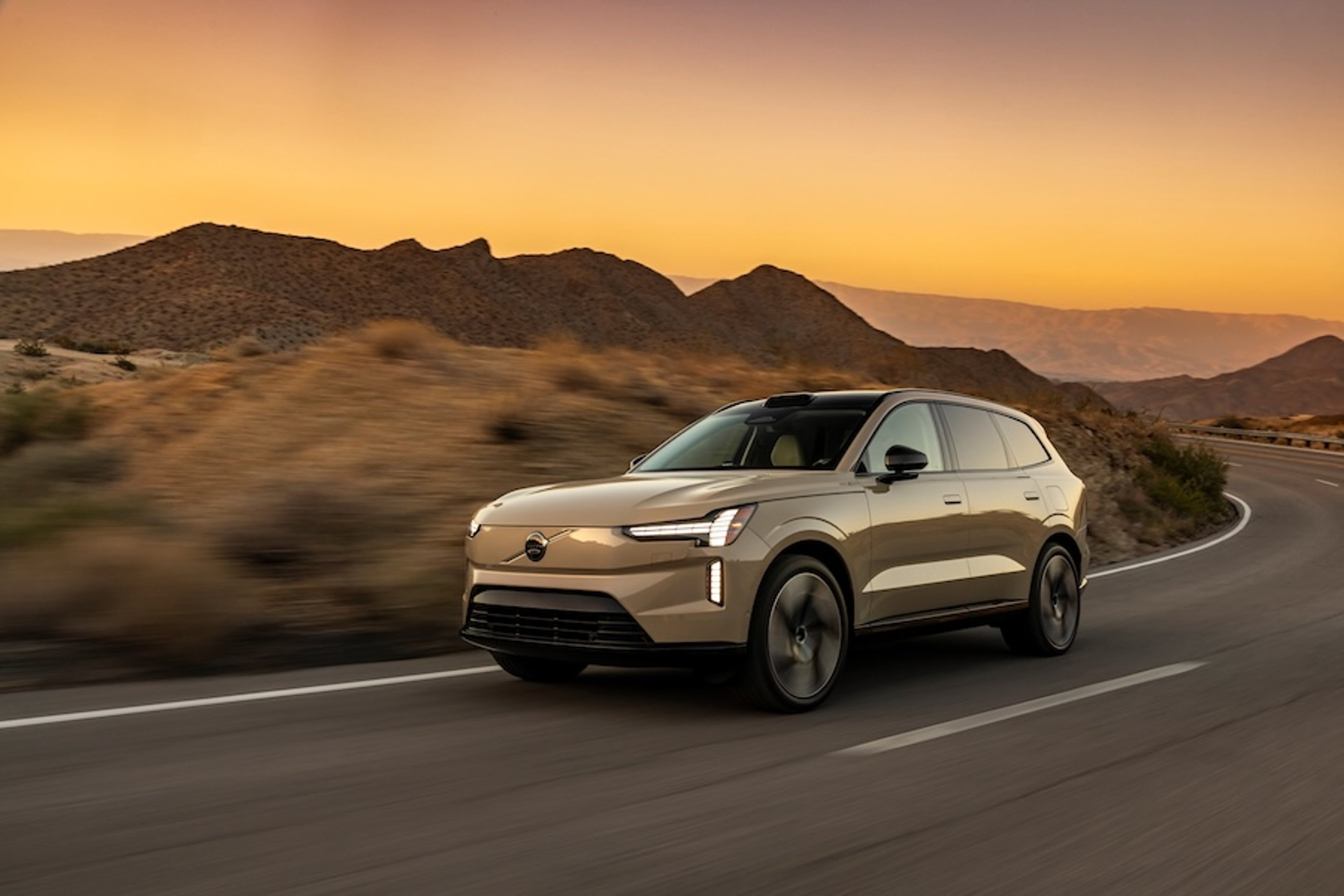Does car colour have an impact on safety?
The short answer yes, some car colours are statistically less likely to be involved in a crash. But the longer answer is more nuanced – and there are much higher risk factors than colour.

When it comes to car colour and crash risk, the most recent comprehensive Australian study was undertaken in 2007 by Monash University, which analysed data from more than 850,000 crashes. It found a “statistically significant” relationship between car colour and crash risk.
Per the study: “Compared to white vehicles, a number of colours were associated with higher crash risk. These were generally those on the lower visibility index and include black, blue, grey, green, red and silver … The association between vehicle colour and crash risk was strongest during daylight hours, where relative crash risks were higher for the colours listed by up to around 10 per cent.”
There’s a lot more data in the report. But the study is now 18 years old, and much of the data used is from cars and crashes from the early 1980s onwards. Moreover, it uses data only from two states – Western Australia and Victoria, where car colour was recorded in vehicle accident reports at that time.
It’s fair to say that over the last few decades, technology – and cars – have advanced significantly. But the study remains both highly robust and relevant, and some of its implications underline the importance of good practice, especially when it comes to visibility.
In effect, data is becoming another type of safety belt. Volvo’s driver understanding system, combined with external sensors, cameras, and radar, processes billions of data points to help minimise the risk of accidents* – and keep all road users safer.
Dusk, dawn, dip
One of the study’s key findings was that driving at dusk and dawn are statistically when more crashes occur – and where the statistics between colours started to widen.
For example, during dusk or dawn, black cars had a 47 per cent higher crash risk relative to white; grey cars had a 25 per cent higher crash risk relative to white, while for silver cars the relative difference was 15 per cent.
But there’s a simple fix. Per the National Road Safety Partnership Program, “Daytime running lights go a long way to compensating for the poor visibility of darker cars. If you have a dark car, make sure you have your headlights on, on low beam, in poor light conditions.”
Speed warning
Speed, alcohol, tiredness, distraction – increasingly though mobile phone use while driving – are far higher crash risk factors. When it comes to serious injury and death, not wearing a seatbelt makes up the final member of the “fatal five”.
Speed is the largest crash factor by some margin. While some drivers might find the insistent ping of a speed limit reminder annoying – it’s worth noting that, per the South Australian government, a reduction of 5 km/h in average travel speed would reduce rural casualty crashes by about 30 per cent and urban crashes by about 25 per cent.
Data seatbelt
Since making the three-point seatbelt patent available to all carmakers for free some 65 years ago (estimated to have saved more than a million lives since), Volvo has worked relentlessly to pioneer further safety improvements.
As well as physical safety systems like safety cages, air bags and air curtains, digital safety systems are at the forefront of Volvo’s mission to save another million lives.
In effect, data is becoming another type of safety belt. Volvo’s driver understanding system, combined with external sensors, cameras, and radar, processes billions of data points to help minimise the risk of accidents* – and keep all road users safer.
But for those interested, Volvo Car Australia’s sales data does indicate a standout customer colour preference. Of total cars sold in recent years, the top four colours across all models are:
25 per cent Crystal White
16 per cent Onyx Black
15 per cent Vapour Grey
7 per cent Denim Blue
Find out more about Volvo’s advanced safety features – and wide range of colour choices – here.
*Volvo Cars’ safety features complement safe driving practices and are not intended to enable or encourage distracted, aggressive or otherwise unsafe or illegal driving. Ultimately, the driver is responsible for the safe operation of the vehicle at all times. Described features may be optional and availability may vary from one country, model and platform to another.